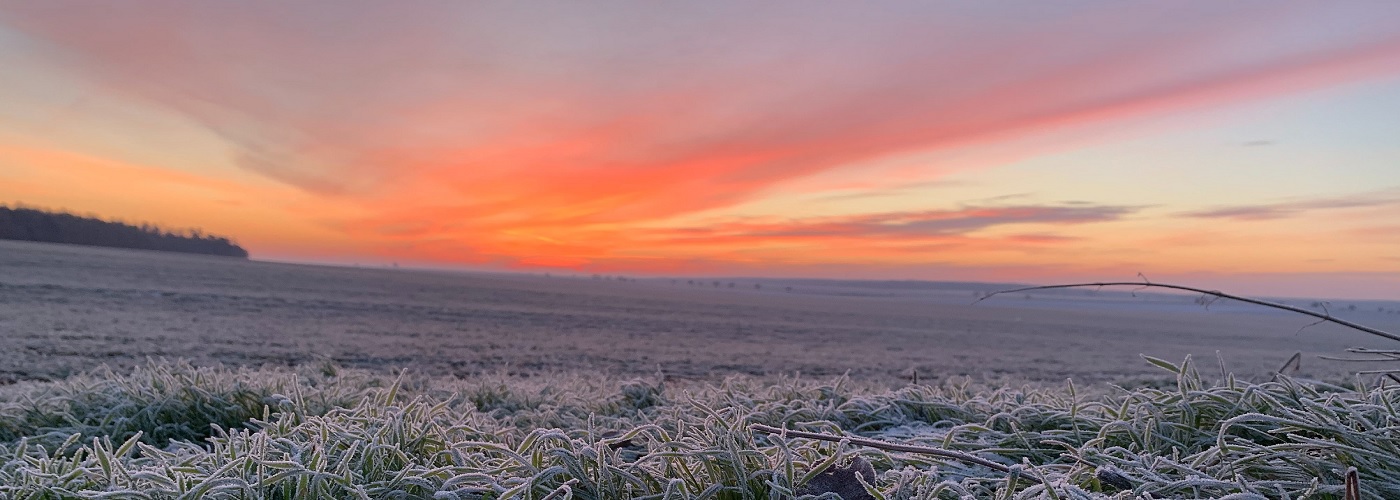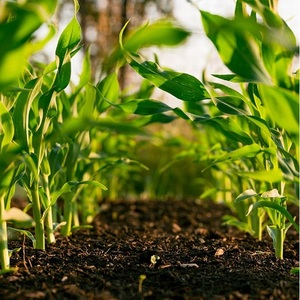

The term, “growing season,” is an important one to understand for anyone involved in agriculture. Whether planting a backyard garden or a large farming operation, the length of the growing season is important to consider when deciding what crops to plant. Let’s look into what the growing season is and how it varies over the country.
The accepted definition of “growing season” is the number of days between the last and first killing frost of the year. Basically, it corresponds to the length of the freeze-free period of a given region. A freeze is experienced whenever the temperature falls to 28 degrees or lower. The length of the growing season is highly dependent on the latitude of a given location. The closer to the equator, the longer the growing season. In fact, there are areas of South Florida that see no end to the growing season during most years. The state with the shortest growing season is Alaska. In Alaska, the average growing season is around 100 days long. However, Alaska does benefit from the 24 hours of sunlight it receives each day during the middle of summer. This allows the shortened growing season to still produce some impressive yields. In fac t, the Guinness world record holder for the largest green cabbage is a gardener in Palmer, Alaska. In 2012, Scott Rob rolled a cabbage to the state fair that weighed in at just over 138 pounds!
In the U.S., the two most commonly planted crops are corn and soybeans. For both of these plants, a growing season of around 120 days is needed for them to reach full maturity. This allows for them to be cultivated across most of the country, as even the far northern Plains region typically sees a growing season of around 120 days most years.
For a look at how much longer the growing season is in the lower 48 than it was decades ago, click here.
https://www.epa.gov/climate-indicators/climate-change-indicators-growing-degree-days
